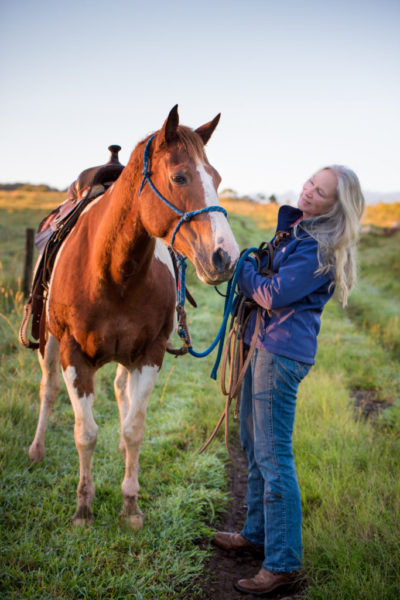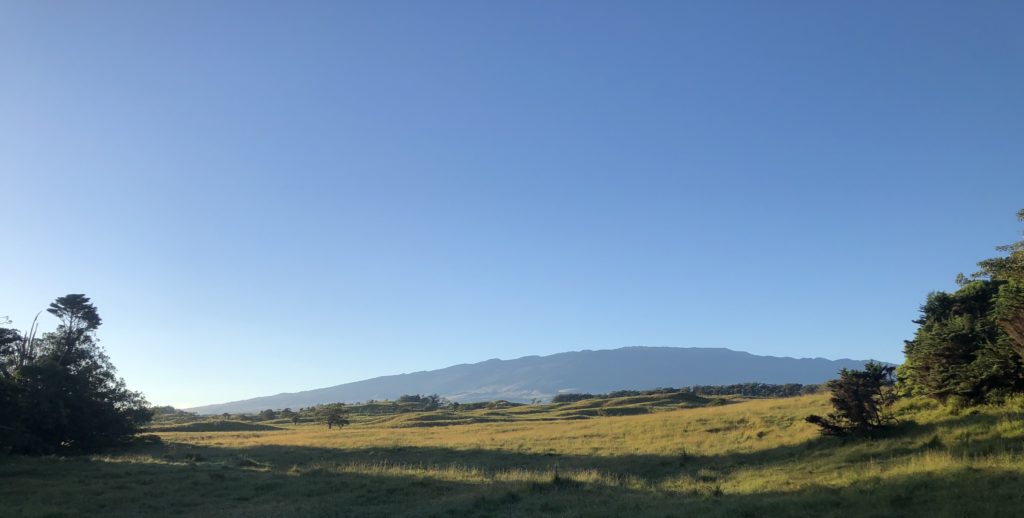
The County of Hawaii has passed a new law. It governs some Hawaii vacation rentals. Only homes located in resort, multi-family or commercially-zoned areas may be used as unhosted vacation rentals. (It’s a little more complicated than that, so if you want the details, look here: http://www.hiplanningdept.com/short-term-vacation-rentals/
While at the County Planning Department site, you might want to note the definitions used in their zoning maps, listed here: http://www.hiplanningdept.com/wp-content/uploads/2017/05/Zoning-Definition.pdf
And then take a look at the maps themselves, available on the same site. The County does not provide a map of the entire Island, showing areas eligible to be used as vacation rentals. This overlay, provided by Hawaii Information Service, the local multiple listing service will give you some idea:

Because of the scale of the map, not every area that is zoned for use as vacation rentals is depicted, but the map gives a sense of how restricted the area is. Your realtor can tell you whether a property you are considering is zoned for vacation rentals.
The law applies only to unhosted vacation rentals, referred to in the draft rules as STVRs (Short Term Vacation Rentals). The law defines an STVR as follows:
“Short-term vacation rental” means a dwelling unit of which the owner or operator does not reside on the building site, that has no more than five bedrooms for rent on the building site, and is rented for a period of thirty consecutive days or less. This definition does not include the short-term use of an owner’ s primary residence as defined under section 121 of the Internal Revenue Code.”
“Building site” is not defined in the law or the draft rules.
The intent of the law is to improve the quality of life of people living in the vicinity of a vacation rental. If the host lives on the same property, vacationers are less likely to become obnoxious to their neighbors. Thus the law’s application to unhosted vacation rentals only.
The exception to the rule.
Homes that were legally operated as vacation rentals in residentially-zoned areas before April 1, 2019, may apply for non-conforming use certificates (NUC) annually. They must also apply for a STVR registration. If both are granted, the property may be used as an STVR. If the Planning Department has received unresolved complaints about a vacation rental the STVR registration and NUC may be revoked or may not be renewed. It is not entirely clear what would happen should a NUC be revoked or not renewed, but it may be that once a property has lost it’s NUC, it would not be able to have it restored.
All unhosted vacation rentals are required to have a “reachable person” 24/7.
The draft rules include many requirements, including hours during which noise will be kept to a minimum, and that all cars will be parked on the property, and also that all owners of Hawaii vacation rentals must designate a person who can be reached within an hour, and who will be on-premises to deal with any complaints within three hours, 24/7! If this requirement is not met, the permit (or permits, in the case of homes in residential areas) will not be renewed.
This new law will affect many people who might want to buy a second home, and use it for vacation rentals to help offset the costs.
The safest and easiest way to comply with the new laws for those wishing to offset costs of a second home is to buy in an area that is resort zoned. Not only will the need for a non-conforming use permit be eliminated, but the availability of reachable persons, as well as the many other service providers that are required to run a successful Hawaii vacation rental, will be much greater. http://yrh.ewp.mybluehost.me/2019/05/30/open-house-the-islands-at-mauna-lani/. Here are some current listings in resort-zoned areas: https://judy.hawaii.elitepacific.com/results-gallery/?hood=3374566&sort=listprice_asc&status=A
Of course there are some properties that have been lawfully operated as vacation rentals in residential areas, and that will be offered for sale from time to time. However, since they require annual renewal of a non-conforming use permit, which may be denied if the planning department finds a history of violation of the law or rules, investing in such a property with the assumption that use as an STVR will continue would be risky.

